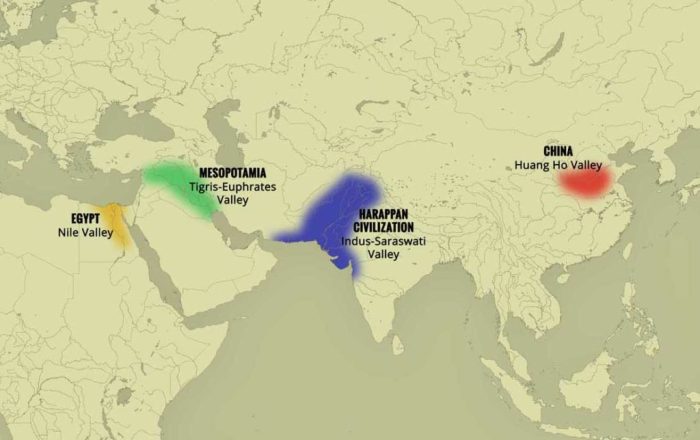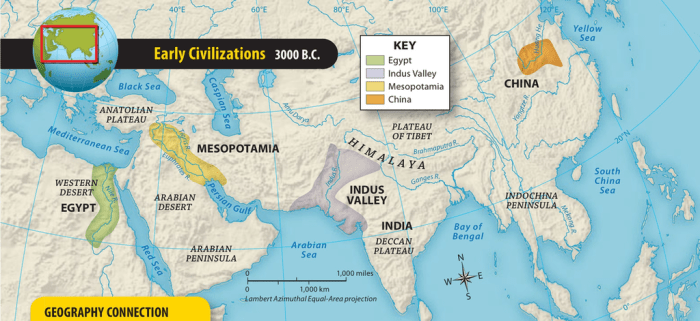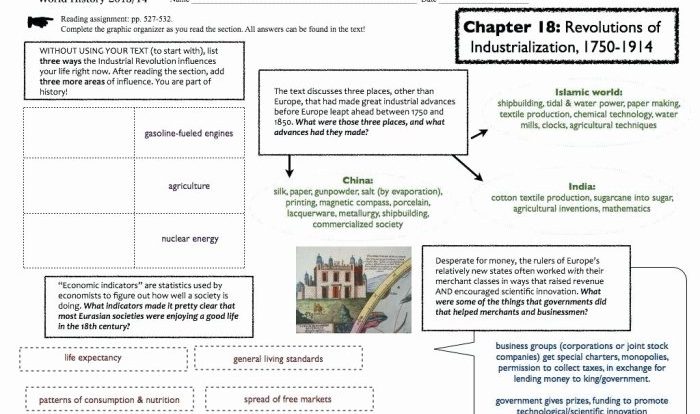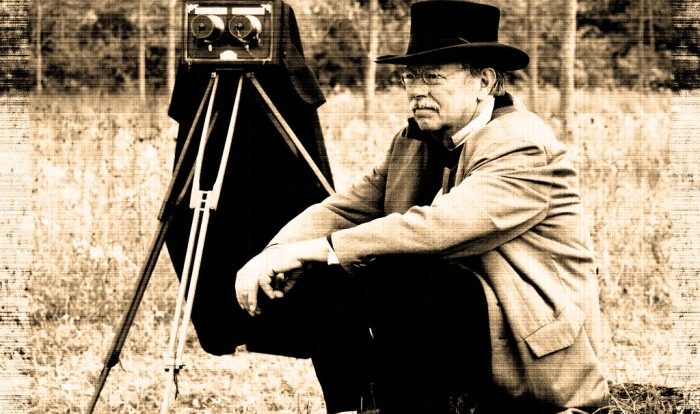The four ancient river valley civilizations map – As the map of the four ancient river valley civilizations takes center stage, this opening passage beckons readers into a world of historical significance and cultural richness. This comprehensive guide delves into the origins, impact, and legacy of these foundational societies, promising an immersive journey through the annals of human civilization.
From the fertile banks of the Nile to the bustling cities of Mesopotamia, this exploration unveils the geographical, cultural, and technological advancements that shaped these ancient civilizations. Prepare to be captivated as we uncover the secrets of their social structures, technological innovations, and enduring influence on the modern world.
1. Historical Overview

The four ancient river valley civilizations emerged along major rivers in the Middle East, South Asia, and East Asia. These civilizations, including Mesopotamia, Egypt, the Indus Valley, and China, developed independently but shared remarkable similarities in their social, cultural, and technological advancements.
Their origins can be traced back to the Neolithic period (around 10,000 BCE), when humans began to settle down and practice agriculture.
2. Geographic Features

The four river valley civilizations were located in fertile regions along major rivers. Mesopotamia was situated between the Tigris and Euphrates rivers, Egypt along the Nile River, the Indus Valley along the Indus River, and China along the Yellow River.
These rivers provided water for irrigation, transportation, and sustenance, shaping the development and prosperity of these civilizations.
3. Cultural and Social Structures
Each river valley civilization developed its unique social and cultural characteristics. Mesopotamia was known for its complex city-states, cuneiform writing, and advanced mathematics. Egypt had a centralized government, a sophisticated religious system, and monumental architecture. The Indus Valley Civilization featured urban planning, standardized weights and measures, and a unique script.
China developed a centralized bureaucracy, a system of writing, and a rich philosophical tradition.
4. Technological Advancements
The ancient river valley civilizations made significant technological advancements that transformed their societies. Mesopotamia developed irrigation systems, the wheel, and the plow. Egypt invented the sail, papyrus, and a calendar. The Indus Valley Civilization constructed elaborate drainage and sanitation systems.
China developed bronze metallurgy, silk production, and the compass.
5. Interactions and Trade: The Four Ancient River Valley Civilizations Map
The river valley civilizations engaged in extensive interactions and trade networks. Mesopotamia traded with Egypt, the Indus Valley, and China, exchanging goods such as textiles, spices, and precious metals. Egypt exported grain, papyrus, and gold. The Indus Valley Civilization traded with Mesopotamia and Persia.
China traded with Central Asia and Southeast Asia.
6. Environmental Challenges

The river valley civilizations faced various environmental challenges. Mesopotamia experienced periodic flooding and droughts. Egypt dealt with desertification and water scarcity. The Indus Valley Civilization declined due to deforestation and climate change. China struggled with soil erosion and flooding.
7. Legacy and Influence

The four ancient river valley civilizations left an enduring legacy on human civilization. Their agricultural techniques, writing systems, and architectural achievements laid the foundation for later civilizations. Their ideas and beliefs continue to influence societies today. Mesopotamia’s concept of law and government, Egypt’s religious practices, the Indus Valley’s urban planning, and China’s philosophical traditions have shaped global culture and history.
Detailed FAQs
What were the four ancient river valley civilizations?
The four ancient river valley civilizations were Mesopotamia (modern-day Iraq), Egypt (along the Nile River), the Indus Valley Civilization (in modern-day Pakistan and India), and China (along the Yellow River).
What were the key characteristics of these civilizations?
These civilizations shared several key characteristics, including the development of agriculture, the rise of cities, the invention of writing, and the emergence of complex social structures.
What was the significance of these civilizations?
The four ancient river valley civilizations laid the foundation for many of the world’s modern societies. They developed systems of government, law, and religion that continue to influence us today.


